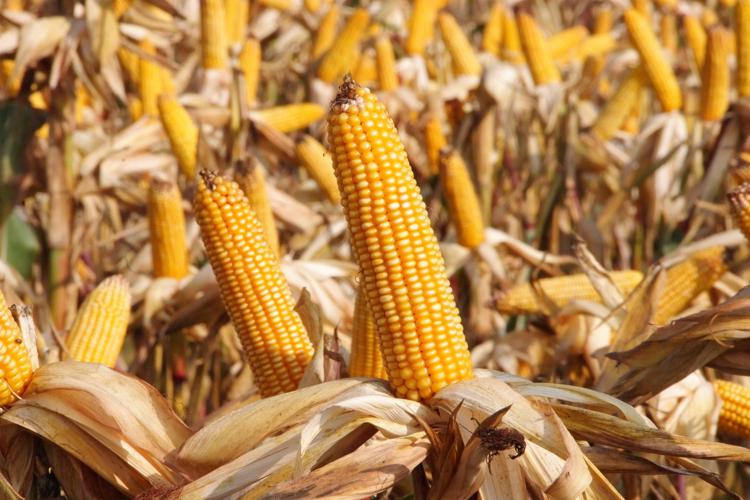

The United Nations Food and Agriculture Organisation's price index rose for the second consecutive month in March, driven by robust increases in grain and dairy prices, especially those of wheat and maize, FAO said on Thursday.
The index averaged 172.8 points in March, 1.1 percent higher than in February and 0.7 percent above its value a year earlier, FAO stated.
Declines in price quotations for sugar and most vegetable oils were more than offset by increases for maize, wheat and most dairy products, said the agency.
The trade-weighted price index tracks international market prices for five major food commodity groups.
Worldwide cereal production hit a record level in 2017, up 33 million tonnes from 2016, to nearly 2 646 million tonnes, according to FAO's latest estimate in the Cereal Supply and Demand Brief, also released on Thursday.
However, world maize and wheat production is expected to fall this year on the basis of early forecasts, said FAO.
The FAO Cereal Price Index continued on its upward path, averaging 2.7 percent higher than in February and 12.1 percent above its March 2017 value. Wheat prices rose mostly on weather worries, including prolonged dryness in the US and cold wet conditions in parts of Europe, FAO said.
Maize prices turned even firmer, driven by a combination of robust world demand and deteriorating crop prospects in Argentina, FAO reported.
The FAO Dairy Price Index was 3.3 percent higher in March, as strong global demand pushed up butter, cheese and whole milk powder prices, said FAO.
The climb in dairy prices in March was in contrast to sugar prices: the FAO Sugar Price Index dropped 3.4 percent over the period and stood at 27.5 percent below its value in March year, owing to large export availabilities, according to FAO.
The FAO Vegetable Oil Price Index declined modestly due to price drops for soy, rape and sunflower oils, while palm oil prices firmed up, buoyed by expectations the European Union will resume imports of palm oil-based biodiesel from Indonesia, the agency said.
The FAO Meat Price Index was mostly unchanged from February, as bovine meat prices eased and those for ovine and pig meat rose on the back of strong import demand, especially by China.
Global cereal production is forecast to decline in 2018, although the fall in output will be at least partially mitigated by an expected rise in world cereal stocks, FAO noted.
Worldwide wheat output is expected to drop to 750 million tonnes this year( about one percent below its near-record level in 2017) and coarse grain output is also expected to decline from a 2017 record, amid bad weather in Argentina, a shift from maize to soybean cultivation in Brazil, and a price-induced reduction in plantings in South Africa, said FAO.
FAO's latest forecast for world cereal stocks at the close of crop seasons ending in 2018 stands at a record level of nearly 748 million tonnes - almost 4 percent higher than the previous year with the increase led by wheat, the agency concluded.